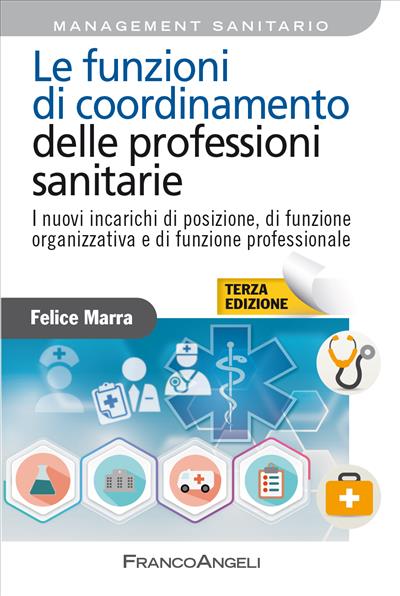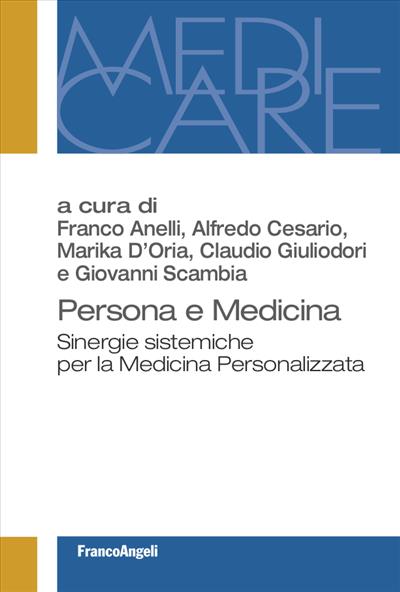
Health in Lombardy.
Health system and hospital activity between 2003 and 2008
The Lombard healthcare reform has shown a new approach to relations between the citizen-user and the health system and to relations between the government (state/region) and the network of operators (Asl and public and private hospitals). The success of the Lombard model, which is expressed in quality and economic efficiency, is documented by the consistent amount of data and processing which make up the second half of the report.
Pagine: 128
ISBN: 9788856827453
Edizione:1a edizione 2010
Codice editore: 35.11
Possibilità di stampa: No
Possibilità di copia: No
Possibilità di annotazione: Sì
Formato: PDF con DRM Readium LCP




